caluanie muelear oxidize
Caluanie muelear oxidize is a chemical reagent often used in organic synthesis, particularly for oxidation reactions. It’s known for its strong oxidizing properties, which allow it to react with various organic compounds, including alcohols, aldehydes, and some hydrocarbons.
Reactivity Overview:
- Oxidation of Alcohols: It can oxidize primary and secondary alcohols to their corresponding aldehydes and ketones.
- Aldehydes and Ketones: These carbonyl compounds can also undergo further oxidation to carboxylic acids.
- Hydrocarbons: It can react with unsaturated hydrocarbons, leading to the formation of epoxides or other oxidized products.
- Reaction Conditions: The reactivity can be influenced by factors like temperature, concentration, and the presence of other functional groups.
Safety and Handling:
Due to its strong oxidizing nature, Caluanie muelear oxidize should be handled with caution, using appropriate personal protective equipment (PPE) and following safety protocols.
If you have specific reactions or applications in mind, feel free to ask!
When dealing with Caluanie muelear oxidize in the context of fire safety, it’s important to follow specific measures due to its strong oxidizing properties. Here are key firefighting measures:
Firefighting Measures:
- Emergency Plan:
- AND
- Fire Extinguishers:
- Keep appropriate fire extinguishers accessible:
- Class B Extinguishers: Suitable for flammable liquids.
- Class D Extinguishers: If any combustible metals are present in the vicinity.
- Avoid using water directly on oxidizing agents unless instructed, as it may react.
- Keep appropriate fire extinguishers accessible:
- Containment:
- In the event of a fire, try to contain the area affected to prevent the spread of flames and protect nearby materials.
- Isolation:
- Evacuate the area and isolate any nearby incompatible materials. Remove any potential sources of ignition if it is safe to do so.
- Use of Foam:
- Foam extinguishing agents can be effective for suppressing flammable vapors and cooling the burning material.
- Firefighting Personnel:
- In
- Personal Protective Equipment (PPE):
- Firefighters should wear full protective gear, including self-contained breathing apparatus (SCBA), to avoid inhalation of toxic fumes.
- Post-Fire Procedures:
- After extinguishing the fire, assess the area for any residual hazards and ensure proper cleanup and disposal of materials.
Important Notes:
- Always consult the Safety Data Sheet (SDS) for specific firefighting recommendations related to Caluanie muelear oxidize.
- Training and preparedness are key to effectively managing any incidents involving this chemical.Controlling exposure to Caluanie muelear oxidize is crucial to ensure safety in handling and working with this strong oxidizing agent. Here are key exposure control measures:
Engineering Controls:
- Fume Hood:
- Use a chemical fume hood to minimize inhalation exposure during handling and reactions.
- Ventilation:
- Ensure adequate general ventilation in the workspace to disperse any vapors or aerosols.
Personal Protective Equipment (PPE):
- Gloves:
- Use chemical-resistant gloves (e.g., nitrile) to prevent skin contact.
- Goggles and Face Shield:
- Wear safety goggles and, if necessary, a face shield to protect against splashes.
- Lab Coat:
- A lab coat or chemical-resistant apron should be worn to protect skin and clothing.
- Respiratory Protection:
- Depending on the concentration and ventilation, consider using a respirator equipped with appropriate filters if there is a risk of inhalation.
Work Practices:
- Minimize Exposure:
- Handle only the amount necessary for your experiment to limit exposure.
- Avoid Contact:
- Do not eat, drink, or apply cosmetics in areas where Caluanie muelear oxidize is handled.
- Wash Hands:
- Always wash hands thoroughly after handling the chemical, even if gloves were worn.
- Training:
- In
Money
- Exposure Monitoring:
- If applicable, conduct regular monitoring of air quality to assess potential exposure levels.
- Health Surveillance:
- Implement health surveillance programs for workers exposed to this chemical, especially for long-term exposure.
Emergency Preparedness:
- Have an emergency plan in place, including spill response procedures and first aid measures, in case of accidental exposure.
By implementing these exposure control measures, you can significantly reduce the risks associated with handling Caluanie muelear oxidize. Always refer to the Safety Data Sheet (SDS) for specific guidance and regulatory requirements.
- Fume Hood:

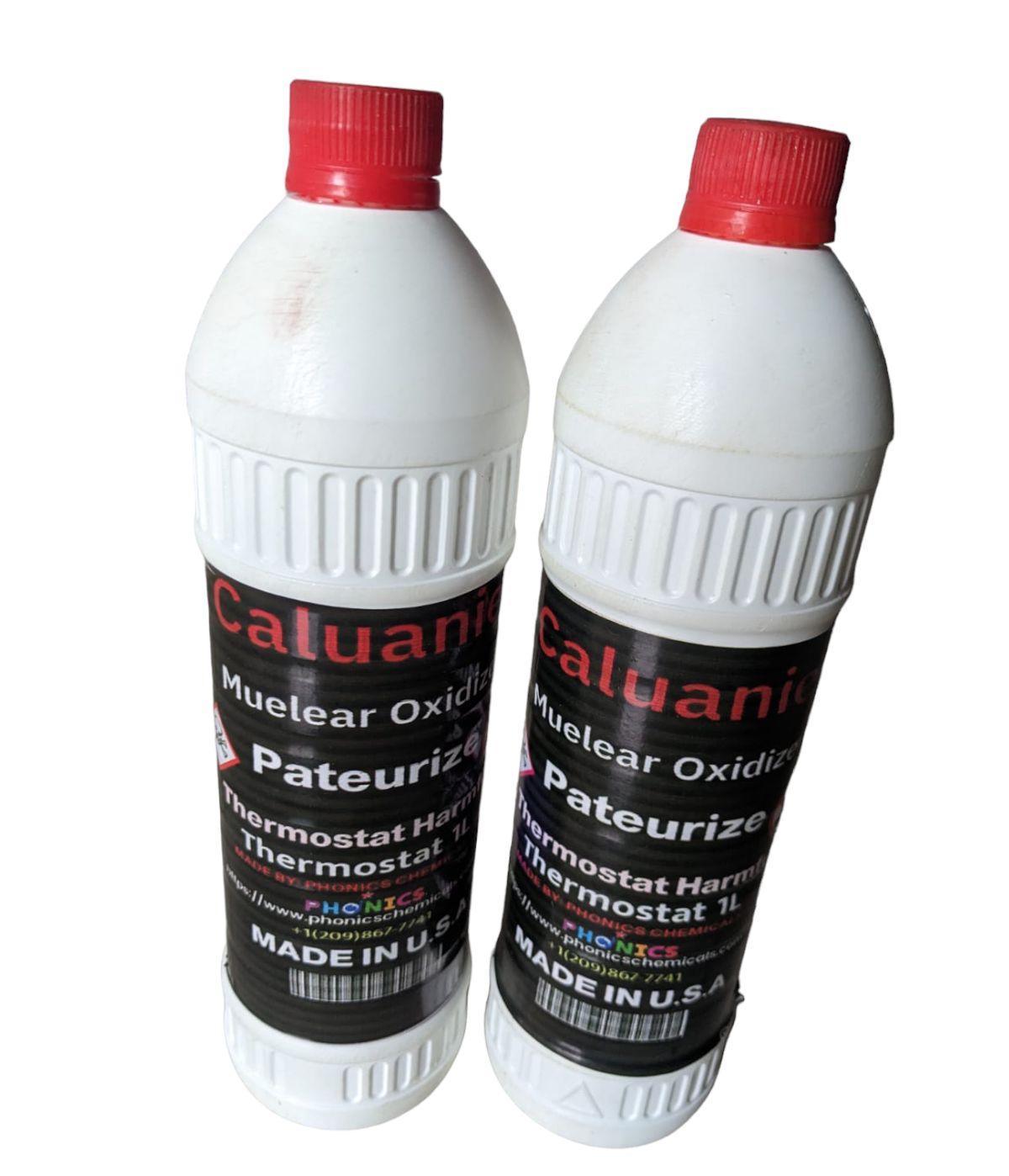
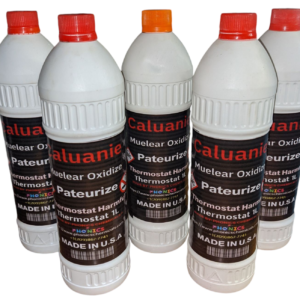
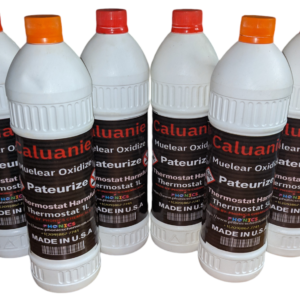
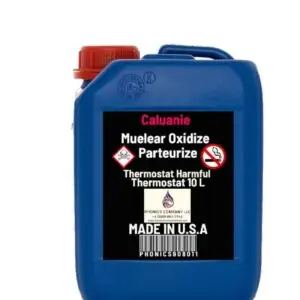
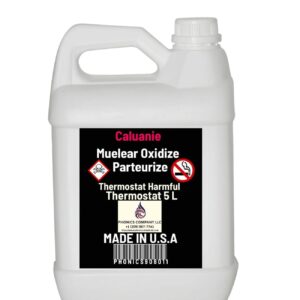
Reviews
There are no reviews yet.